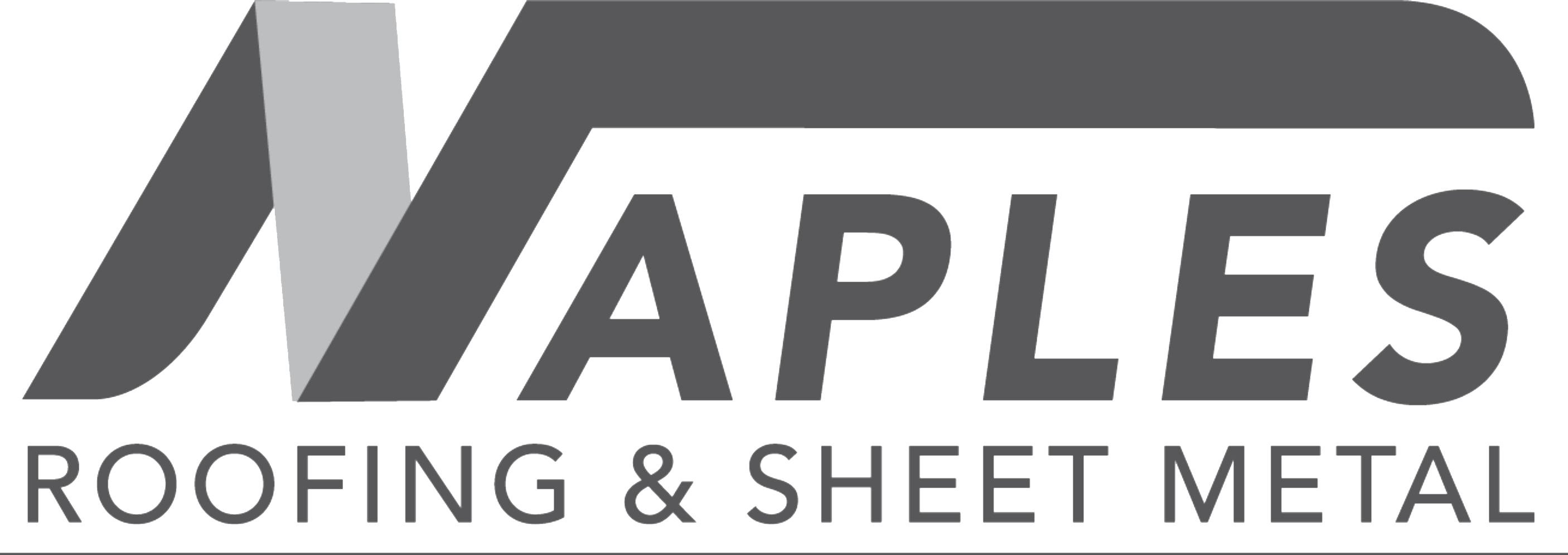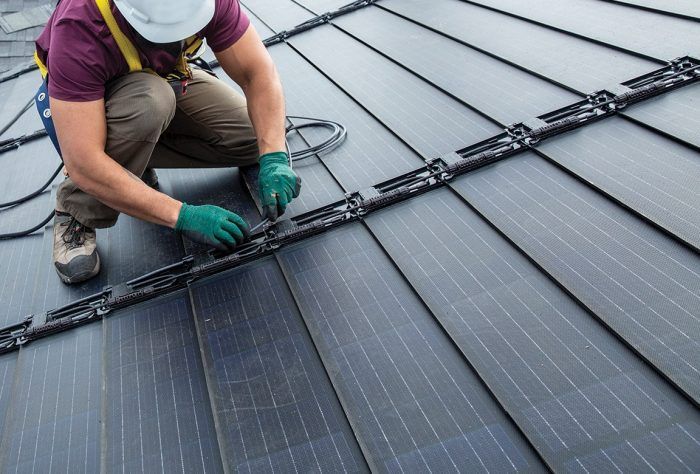Guide to buying solar shingles in 2023
The roof installation and solar shingles is done on the rooftop to protect the house from the elements that are harsh on that surface. But what if you can make your roof the solar power source as well?
This can be possible by combining the shingles and solar panels together and making the solar shingles. This enables roofs to produce renewable energy. Using solar energy benefits both the environment and your budget.
Solar Shingles- Overview
Slim photovoltaic sheets that overlay or replace the existing shingles on a roof. These sheets absorb the sunlight and convert it into electricity. With the help of this technology, homeowners save on their energy bills and recoup their initial investments as well.
Although solar shingles are visually appealing, they are inefficient since panels may alter their placement to optimize sunshine exposure while shingles stay stationary. Shingles also take more than a week to install, whereas a standard panel installation takes only one day. ‘Naples roofing is one of the best roofing contractors in us, who offer quality shingles at the best competitive prices.
How solar shingles it work?
In terms of energy output, solar-shingles are similar to typical solar systems in many aspects. Moreover, in reality, are often constructed of semiconductor materials such as monocrystalline silicon and incorporate solar cells. The shingles collect solar energy, causing an electrical current to flow.
A string or central inverter converts direct current (DC) into alternating current (AC) for usage in the house. Moreover, certain solar shingles may power household energy storage devices like lithium-ion batteries. This allows the house to use clean energy even when the sun isn’t shining or the roof is snow-covered.
Benefits of Solar shingles
Saves energy- The most obvious advantage is the ability to power your own home independently of the electricity grid. This will save you money, and if you create additional power, you may be able to earn a credit on your energy bill from the company.
Increase the value of your home- If you want to sell your house in the future, installing home solar panels may be a significant benefit to purchasers and can help enhance the value of your property.
Go green – You may reduce your carbon footprint by using solar energy, which is a renewable resource.
Power your camping- Such modest solar panel arrays may be mounted on RVs or taken camping to provide power no matter how remote the area is.
Independence from electrical grid failures- Electrical grids can be unreliable in some places. If your neighborhood has regular power outages, your own solar electricity can keep the lights on.
There are solar panels as well. People use solar panels also to make their roofs the source of power. Solar panels also absorb the harsh rays of the sun and convert the light to thermal or electrical energy. Solar panels and solar shingles are used for the same purpose however, there are some aspects that make the differences between them. Let us know the major differences.
-
Size of the panel and shingle-
The size of the solar shingles is the same as the traditional roof shingles. The average size of solar shingles is about 12 inches wide by 86 inches long.
On the other hand, the solar panels are less than an inch thick. 350 tiles are required to complete a typical solar roof installation.
-
Materials-
The basic material used to make solar shingles is copper indium gallium selenide. It allows them to flexible and thin. This is a semiconductor that results in a high conversion efficiency rate (10-12%) on average.
Many other shingles use monocrystalline silicon used to fabricate the computer chips. These are expensive but worth it as they provide a high-efficiency rate of around 15-20%.
-
Output-
The major consideration of the installation of solar shingles is to lower energy costs. Most shingles produce between 13 and 63 watts of power. A normal residential roof installation may reduce utility bills by 40% to 70%; by adding more tiles, you can boost energy production.
-
Appearance-
Many people prefer this appearance to massive black panels mounted to the roof since mix nicely into the roofing materials, such as concrete or asphalt. Solar shingles, in general, offer a sleeker appeal than massive solar panels, especially since just areas of the roof, such as the edge, may be covered with shingles to be effective.
-
Service life-
The average life span of both the solar panels and shingles is upward of 20 years. However, it basically depends upon the manufacturer and the installation.
The warranties also vary, make sure you note the difference between the power warranties. Solar shingle guarantees can continue for several decades depending on the manufacturer, whereas longevity guarantees that cover the shingles themselves can last for the lifetime of the home.
-
Efficiency-
Solar shingles are less efficient than panels for a variety of reasons. These can be adjusted as per the requirement and capture the sun’s rays. More shingles may be added to the roof to capture more energy, but as with any home improvement task, more materials imply more money.
-
Installation-
The installation of shingles takes at least a week if the roof is in a good position. If you go for repair or maintenance before the installation of the solar shingle, it can take much more time than expected. There are many solar tiles manufacturers who take two or more weeks to the installation.
If we talk about solar panels, their installation does not take more than a day. It is the easiest and quick to install.
-
Durability-
More durable and fire-resistant. On the other hand, solar panels are part of the roof which sit atop the roof. Solar panels are more resilient and stand up to harsh weather and fallen debris.
-
Cost-
Solar shingles may be expensive depending on how much square footage you need to cover and the type you want. Before embarking on a solar shingle installation, it is critical to establish your budget.
As everything has advantages and disadvantages, so, we have already discussed pros of the shingles. So now let us also know the cons of shingles before installing them.
Pros of Solar Shingles
Efficiency- shingles typically convert a smaller percentage of sunlight to energy than traditional solar panels. The efficiency of solar tiles is often assessed to be between 14% and 18%, but the efficiency of solar panels is typically considered to be between 18% and 22%.
Cost- Solar shingles often cost more per watt than regular solar modules. Yet, when the cost of a new roof is included, the price difference becomes minimal.
Emerging technology- Because of new to the market, they aren’t as well-proven and developed as traditional solar panels.
Life span- Solar shingles haven’t been around as long as standard PV modules, therefore their longevity is relatively unknown, although they may have similar guarantee periods.
Bottom line
Solar shingles are something that your roof is the power source which automatically lessens the energy bills. Installing of your roof, not only protects the roof but also makes the roof more efficient and effective.
If you are also looking for roofers to get the right solar shingles and correct installation, look no further than ‘Naples roofing’. Naples roofing is a commercial and industrial roofing contractor in USA. we offer various roofing services such as installation, repair, maintenance, snow removal, etc. Here we work with professional roofers who possess years of experience and great knowledge. Professional roofers of Naples roofing adhere to the use of modern techniques and methods for every task.


